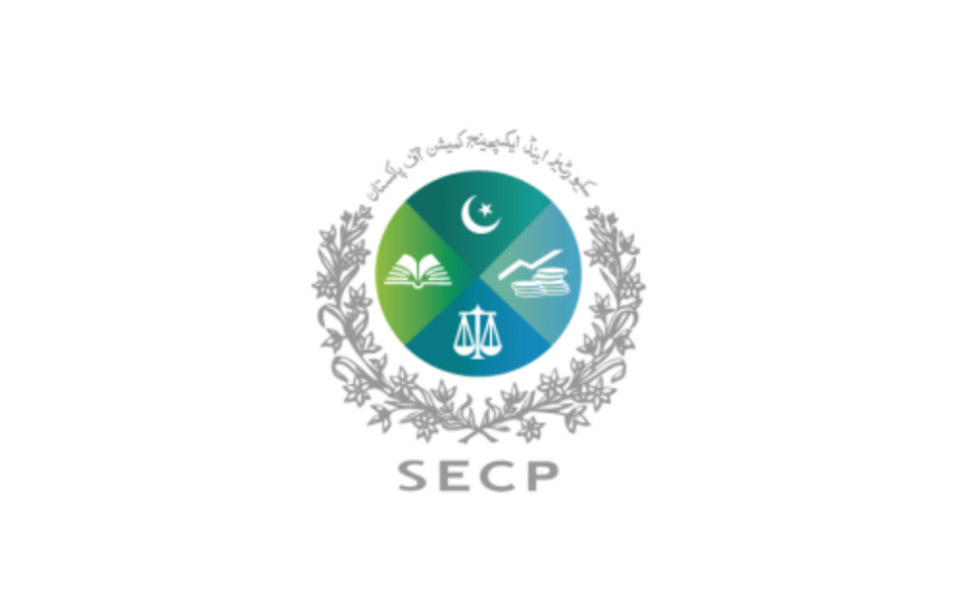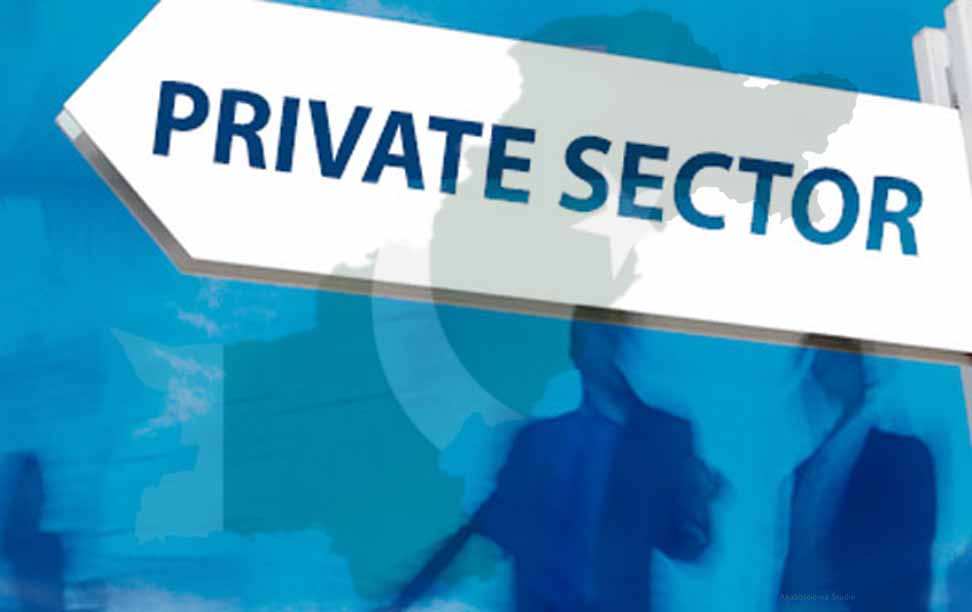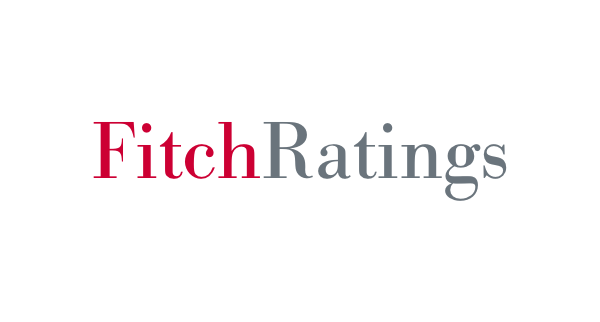July 1, 2021 (MLN): There are many years that investors easily forget, but FY21 certainly will not be among them as the benchmark KSE-100 recorded its highest return of 38% since FY14 in PKR terms and highest return of 47% since FY04 in USD term (a 17-year high). This is the first time since FY14 that USD-based returns have been higher than PKR returns.
In other words, the benchmark index gained remarkably 12,934 points during FY21 and closed at 47,356 points, marking the highest ever June-end closing level.
The economic revival gets much of the credit for the market’s gains or aiding bullish climate at the index, although the market sentiment was tested several times during the year, including political unrest witnessed amid alliance of opposition parties under the banner of Pakistan Democratic Movement in the lead up to the Senate Elections in March’21, and re-emergence of COVID waves-II in Oct’20 and waves-III in Feb’21.
Reviewing the year-long pattern shows that a significant cut in the benchmark policy rate by 625 bps to 7% at the beginning of the year, and the growth-prone budget for FY22 presented at the end of FY21, has significantly improved the market debt. Moreover, lower yields on fixed-income instruments rendered equities as the preferred asset class this year.
During last 6-12 month, the uptick in equity prices has been witnessed driven by an increase in liquidity as government and Central Bank’s efforts to stimulate the economy during the COVID-19 outbreak has resulted in greater participation by the retail segment, resulting in an overall increase in turnover at the bourse.
Bullish spree further aided by robust corporate profits, along with strong participation of local investors in IPOs as companies have raised highest ever amount of Rs17.1bn during FY21 through IPO with a total number of new listings of 7 at PSX, which is high of 11 years.
This shows that investors remained active during FY21, as a consequence of which average Daily Turnover (ADTO) has notably improved by around 164% YoY to Rs19.0bn, at a high of 13 year with an improvement in volumes by around 168% YoY to nearly 524mn shares in FY21. However, improved volumes came with a significant drop in settlement to 53.2% in FY21, down 689 bps YoY.
Furthermore, notable improvement in macros; including support from global lenders, the launch of the Roshan Digital Account (RDA), and robust remittances growth aided the influx of FX reserves, reduction in the trade deficit (current account surplus of $153mn in 11MFY21), and 6.6% appreciation in PKR against USD during FY21 also impacted local bourse.
Another important event that spurred the rally at the bourse in cyclical was a stimulus to the construction sector provided by SBP and the government in the form of amnesty. Meanwhile, other key measures undertaken to improve economic activity and promote investment included reduction in mark-up on Long Term Financing Facility (from 6% to 5%) and Temporary Economic Refinance Facility (from 7% to 5%), while the State Bank of Pakistan asked all commercial banks to allocate five percent of their portfolio to the construction sector.
On the COVID-19 front, Pakistan has outperformed other regional economies as the government’s successful implementation of a micro-lockdown strategy to target areas with a high infection ratio, helped flatten the corona curve without disrupting domestic industries. While the swift commencement of vaccination drive since Feb’21 has further alleviated concerns of investors. It may seem illogical, but some credit for this phenomenal performance is owed to the pandemic, had it not been for COVID-19, we may not have seen such a sharp drop in the policy rate and the rapid deployment of fiscal and monetary support.
Sector-wise, Commercial Banks emerged as the best performing sector as it contributed 2,411 points to the benchmark index during FY21, owing to attractive valuation and higher dividend yield. This was followed by Technology & Communication, Cement, Fertilizer, and Textile Composite as they contributed around 2,300, 2,173, 881, and 686 points respectively to the benchmark index.
In particular, the scrips of TRG (+1,516), LUCK (+1,179), SYS (+743), HBL (+494), and MEBL (+486) turned out to be the most pleasing ones.
On the other hand, Tobacco, Miscellaneous, Sugar & Allied Industries emerged as the worst-performing sectors during FY21, as they took away around 71, 55, and 5.42 points respectively from the benchmark index. To be specific, the scrips of OGDC (-91), HASCOL (-65), PMPK (-53), PSEL (-44), and NRL (-40) turned out to be the most disappointing ones.
Furthermore, 88 companies traded in green while 18 landed in the red zone during FY21. Meanwhile, the All-Share Market Cap increased by nearly $13.8 billion, i.e., 13.8% higher than FY20. However, in terms of PKR, the All-Share Market Cap surged by Rs1.767 trillion i.e., 27.07% higher as compared to the last fiscal year.
Flow-wise, foreigners have continued on their selling spree, offloading $387.34mn worth of equities during the year which is the highest since FY17. On the other end of the spectrum, Individuals and Companies continued to dominate with net inflow of $332.1mn and $137.8mn, respectively. However, Banks and Brokers reduced their exposure by around $94.7mn, and $32.19mn, respectively. Insurance too reduced their exposure by around $10.49mn during FY21.
In the coming months, foreigners are expected to remain on a selling spree as continuation of FATF grey list along with the looming threat of moving to MSCI FM markets would keep the foreigners at bay. MSCI has started consultation with market participants on the reclassification of Pakistan to the FM market as no Pakistani company meets EM Size and liquidity criterion. According to the report by Foundation Securities, Foreigners reduced exposure in Pakistani equities by nearly $2.2bn during the last six-year.
Moreover, in order to comply with the IMF program, structural reforms are to be implemented in the true spirit, which would help the heavy-weight sectors i.e., Banks, E&Ps, and Fertilizer to Outperform. Subsequently, KSE-100 would continue its rally built on strong fiscal and monetary support amid easing COVID cases.
Copyright Mettis Link News
42023








